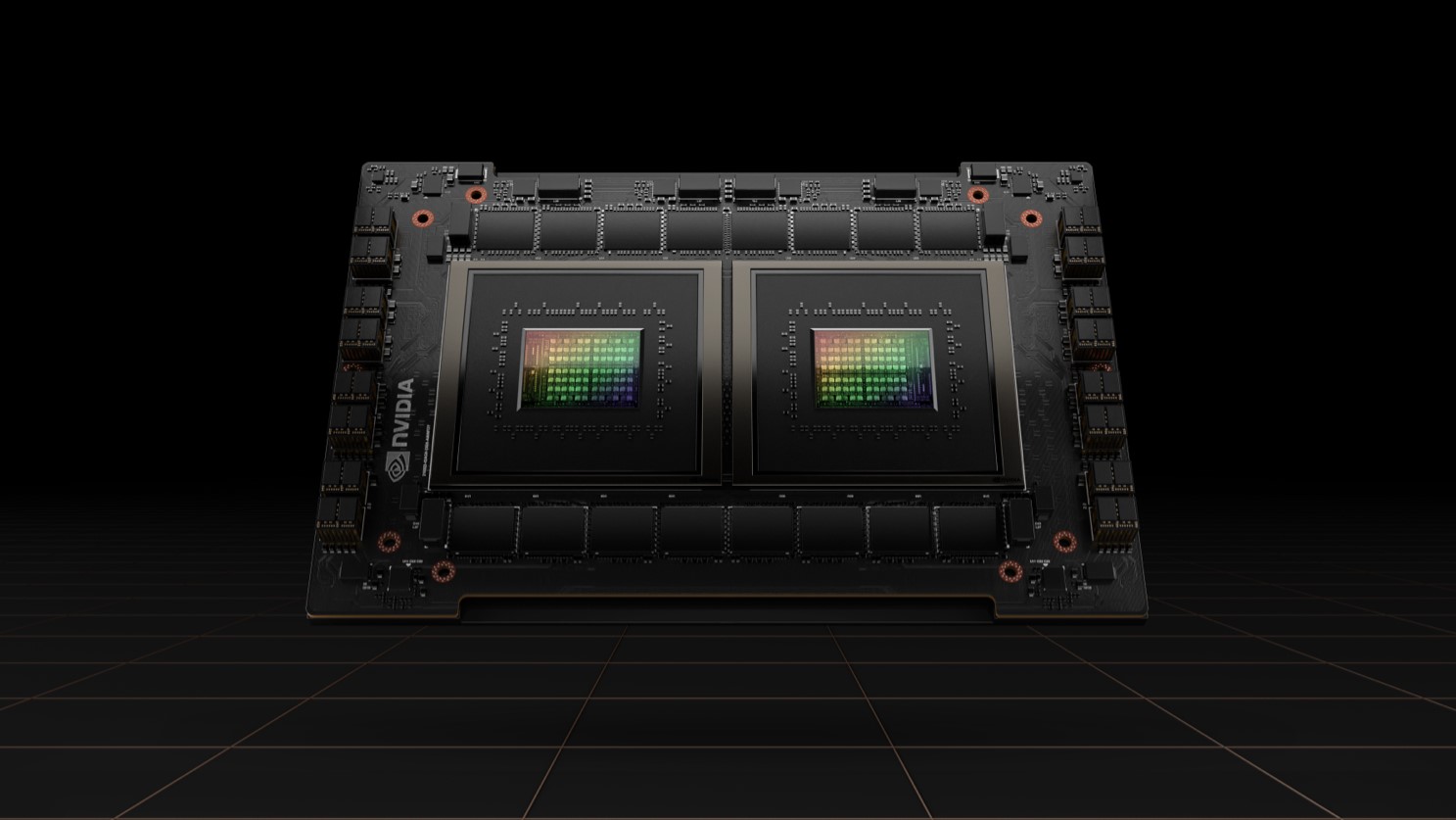Nvidia Grace CPU could bring Intel a whole new world of pain
Team Green could dominate the ARM race

The upcoming Nvidia Grace ARM CPU is expected to make some serious waves throughout the high-performance computing industry, and recent benchmarks have emerged that could give Intel a few sleepless nights.
When Nvidia introduced the Grace Hopper CPU Superchip at GTC 2022, it made some bold claims regarding the ARM processor's capabilities, promising it could achieve 1.5X more performance than two 64-core AMD EPYC processors while using 50% less power.
The new 144-core Arm Neoverse-based discrete data centre CPU is actually comprised of two CPU chips connected over the company's high-speed, low-latency, chip-to-chip (C2C) interconnect, NVLink.
The folks over at Tom's Guide mentioned that the benchmarks Nvidia provided to back up its claims weren't especially useful, however, as it used a previous-gen model, and managed to dig up a more relevant benchmark between the Nvidia Grace CPU and Intel's Ice Lake from the GTC presentation.
The comparison comes from Nvidia's vice president of its Accelerated Computing business unit, Ian Buck, and claims that Grace is two times faster and 2.3X more energy-efficient than Intel's current-gen Ice Lake.
It's worth noting that this was in a Weather Research and Forecasting (WRF) model commonly used in HPC, and as with all vendor-provided benchmarks, we need to take these results with a grain of salt as they can sometimes be cherry-picked to show the best possible outcome.
Tom's Guide also notes in its report that despite these results, Grace likely won't have as much of an advantage against Intel's upcoming Sapphire Rapids and AMD's Genoa as they can support DDR5 memory and additional memory features that could play against Grace's strengths.
Are you a pro? Subscribe to our newsletter
Sign up to the TechRadar Pro newsletter to get all the top news, opinion, features and guidance your business needs to succeed!
Still, Nvidia claims the CPU Superchip will be the fastest processor on the market by the time it ships in early 2023, though this likely won't fall under everyday consumers' radar.
Instead, Grace will be better suited to heavier workloads such as data analytics and hyperscale computing, but Nvidia tossing its hat into the ARM race is some welcome market diversity that could bear some fruit outside of the realm of servers and data centres.
Analysis: Could Nvidia be creating consumer processors?
With Intel's line of ARC Alchemist discrete graphics cards appearing on the scene, you'd think that Nvidia taking its shot at the CPU market is a form of retaliation. In actual fact, it was announced back in 2021 that Team Green would be creating server microprocessors to compete against Intel and despite its acquisition of ARM falling through, it still has big plans for that 20-year ARM architecture license.
Given servers and data centre markets are where Intel still dominates, its share price fell by 2% after the announcement, and that's not all that should worry Team Blue. During a company earnings call, Nvidia chief executive Jensen Huang said the company will use the instruction set to develop CPUs for a "wide range of applications", from SoCs for robotics to high-end processors for supercomputers.
Interestingly, Nvidia says it can deliver CPUs based on its own custom Arm general-purpose cores across all four areas of its business: AI/HPC, data centre, automotive and of course, gaming and professional graphics.
"You are going to see a lot of exciting CPUs coming from us, and Grace is just the first example. You're going to see a whole bunch of them beyond that," said Huang. "We love to see the expansion of CPU footprints, and we are just thrilled that Arm is now growing into robotics, autonomous vehicles, cloud computing, supercomputing. We intend to bring the full spectrum of Nvidia's accelerated computing platform to Nvidia Arm CPUs."
Gaming on ARM still feels like it's a way off yet, especially when stacked against the current-gen performance of Intel and AMD consumer x86 processors, but this latest batch of benchmarks certainly looks promising. If developments continue at their current rate, perhaps running AAA titles on ARM architecture might come sooner than we previously thought possible.
- We've also highlighted the best small business servers and the best workstations
Jess is a former TechRadar Computing writer, where she covered all aspects of Mac and PC hardware, including PC gaming and peripherals. She has been interviewed as an industry expert for the BBC, and while her educational background was in prosthetics and model-making, her true love is in tech and she has built numerous desktop computers over the last 10 years for gaming and content creation. Jess is now a journalist at The Verge.
